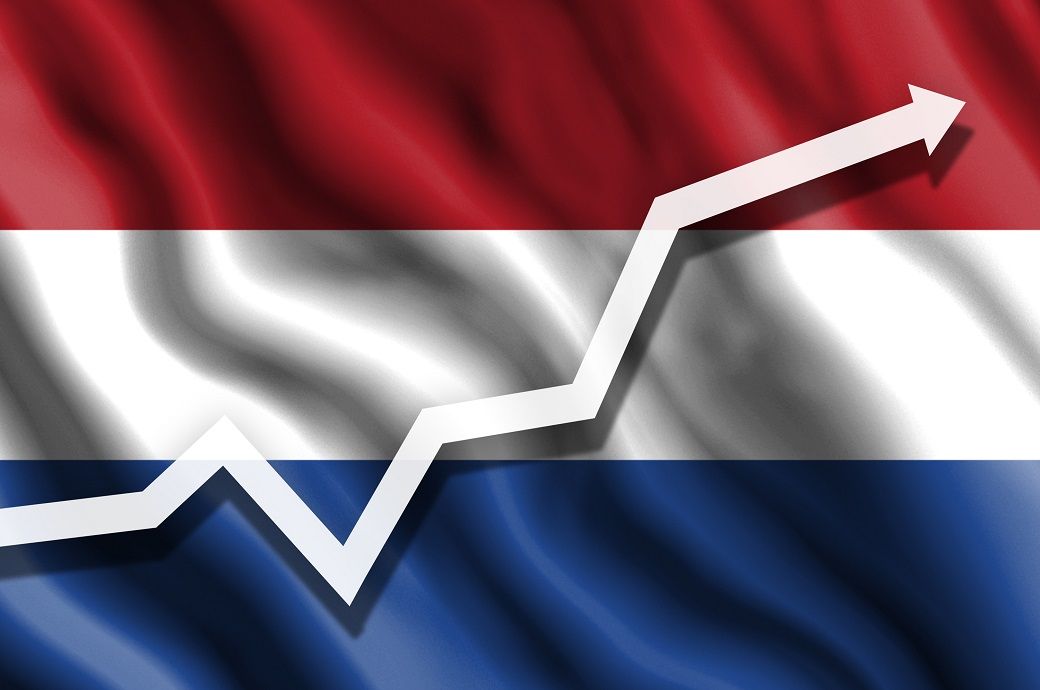
The Dutch economy grew by 1.0 per cent in 2024, driven by a 1.2 per cent increase in total hours worked. However, labour productivity, measured as GDP per hour worked, declined by 0.2 per cent compared to 2023, productivity had already declined by 1.3 per cent in 2023, as reported by Statistics Netherlands (CBS) in its 2024 annual economic review.
Over the past decade, labour productivity grew by an average annual rate of 0.2 per cent. In the preceding decade, the average increase was 0.8 per cent per year.
In 2024, the public sector made a substantial contribution to GDP growth similar to 2023. Government spending was 3.6 per cent higher in 2024 than it was in 2023, adjusted for price changes, mainly due to higher spending by central government and municipalities and increases in healthcare costs, including higher labour costs. The increase in government expenditure stood at 2.9 per cent in 2023.
In 2024, household consumption was 1.2 per cent higher year-on-year, compared to a 0.8 per cent increase in 2023. Real household disposable income was 3 per cent higher than in 2023. Collectively agreed wages rose by 6.6 per cent in 2024, the sharpest increase in twelve years. Employment rose again, and inflation was lower than in 2023, as per CBS.
Exports of goods and services increased in 2024, after a decline in 2023, primarily due to an increase in services exports. Exports of products produced in the Netherlands weakened, while imports increased. External trade made a positive contribution to economic growth.
The decline in domestic goods exports was reflected in the performance of the manufacturing sector. In 2024, the value added by this sector was down by 0.8 per cent relative to 2023. The sector shrank by 0.9 per cent in 2023, after two consecutive years of growth. For more than half of the businesses in this sector, less value was added than in 2023.
Economic growth in the Netherlands in 2024 matched that of the European Union as a whole, whereas in 2023 it had been lower.
Fibre2Fashion News Desk (HU)